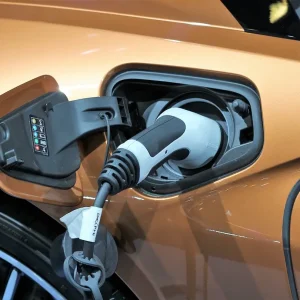EVs can be over a third more efficient in warm weather compared with in cold winter conditions, according to charging payment firm Mina.
It has published data based on more than 350,000 customer charges from May last year to April 2023, showing how efficiency varied as the seasons progressed.
It shows EVs were at their most efficient in June last year, when vehicles’ average weekly energy consumption was 76.6kWh, with 3.8 weekly charges required on average.
In contrast, during the least efficient month – January – the average consumption was 107.5kWh, with an average of 4.7 weekly charges needed.
Although drivers were still averaging about the same amount of charge per charging session in winter, the extra plug-ins were needed to account for reduced battery efficiency, and other potential drains on energy such as heating the cabin.
However, it was not just a case of warmer weather being better, with heatwave conditions last July and August also impacting efficiency.
Mina CEO Ashley Tate said: “Our data, recorded by thousands of electric vehicles, proves for the first time what many anecdotal reports had suggested: EVs operate far better in warm weather.
“But our data shows other fascinating trends. The summer heatwave had an effect on EV consumption too, with a noticeable increase in last July and August, which we believe is the result of more air conditioning use. So, drivers need to be aware of this when it gets really hot.
“After the heatwave, things went back to normal for a couple of months, before it began to get colder.”
Tate said that factors involved in EVs’ reduced winter efficiency included temperature, routing, vehicle technology, and driving style.
In addition, Tate said it was important to remember that the extra winter energy consumption was only equivalent to two extra tanks of petrol or diesel, and that ICE vehicle efficiency could also be hit during winter months.
He said: “With electric you have a much wider range of options. Because we track hundreds of thousands of home and public charges and their cost, our data shows the cheapest tariffs are only around 10p per kWh at home and 30p per kWh in public.
“So, if a driver wants to reduce costs, whatever the season, they need to ensure they are on the lowest possible home tariff, and search out the best value public chargers.
“It’s all about having the right infrastructure in place that allows drivers to understand and then minimise their costs at all times of the year.”





